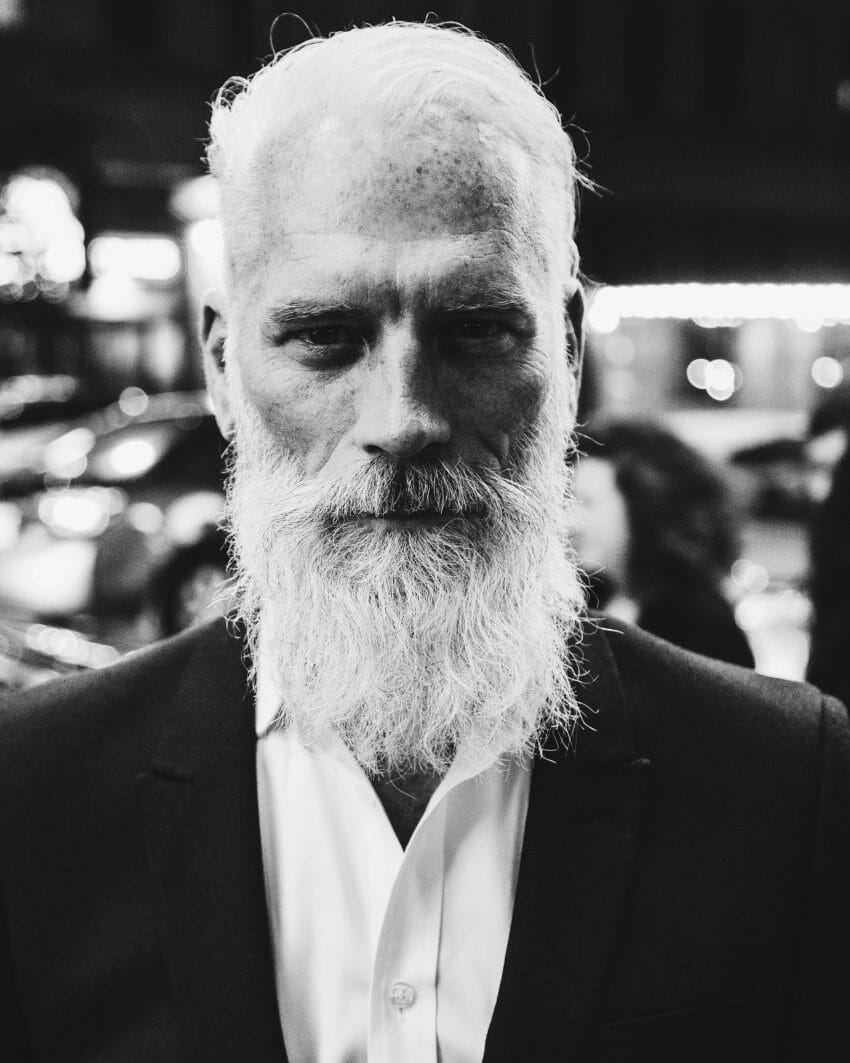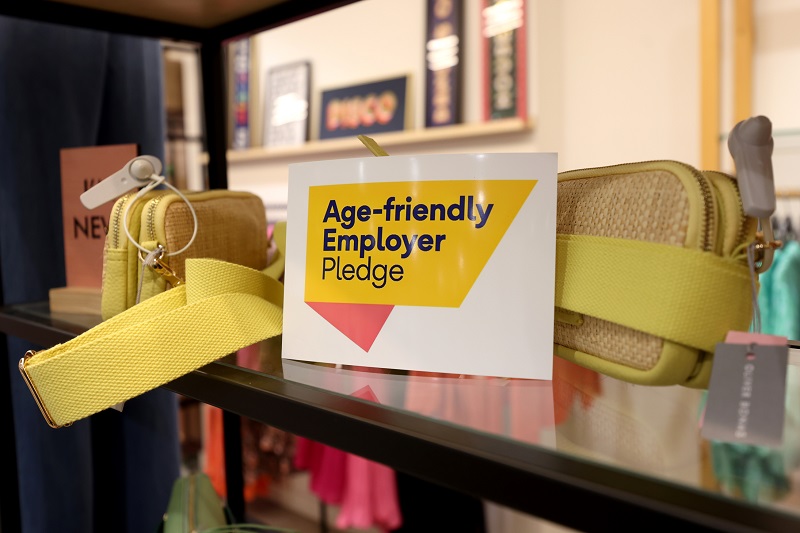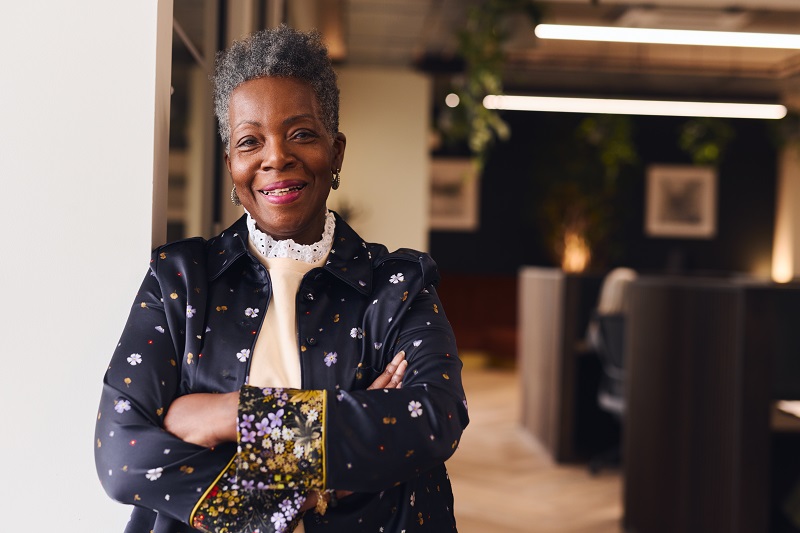In this column, Liberty Martin makes the business case for taking an inclusive approach to the different perspectives and experiences of generations in the workplace and for tackling ageism in the US.
Let’s face it – articles about millennials are oversaturated and tiresome (who wants to constantly read about twenty-somethings buying overpriced avocado toast?). But, it is worth considering the generational differences between millennials, generation X and baby boomers when it comes to diversity in the workplace. Age diversity and ageism in the US are important things to be aware of when assembling a team, and in the United States, millennials are the most diverse working generation ever, changing expectations in recruitment, workplace expectations and training.
See also: Age discrimination in the workplace is slowly becoming passe
The importance of age diversity
Age diversity is much more than the cliche of an older person passing on age-old wisdom and a younger person helping someone to work an iPhone. Like diversity among any other group such as race and gender, a workforce of varying ages brings different viewpoints, igniting creativity and better problem-solving. With this comes great professional and personal development opportunities such as reverse mentoring, when a younger employee mentors someone older than them. Talking to Forbes magazine, Alexia Vernon, president for Catalyst for Action, asserts that reverse mentoring brings generations together and nurtures upcoming leaders.
Confronting ageism in the US
For age diversity to work, it is important to create an inclusive work environment where people of all ages feel valued. We often fall into the trap of glorifying the young while disregarding the value of older employees. A study by the American Association of Retired Persons (AARP) found that 60 per cent of employees over 45 have experienced ageism and 90 per cent said it was commonplace. Meanwhile, assumptions that millennials are entitled, lazy, social-media obsessives are damaging for workplace cohesion.
You can limit ageism within your organisation by avoiding unnecessary age requirements and language. For example, opt out of including “young” in job descriptions and don’t use age as a factor when letting go of employees or deciding who gets a promotion.
Ultimately, ageism in the US is extremely unproductive because it hurts company bottom lines. Multigenerational teams are key to workplace diversity, and as we know, diverse workplaces are the most profitable.
See also: What is diversity without inclusion?
Multigenerational teams are key to workplace diversity, and as we know, diverse workplaces are the most profitable.
Managing expectations in the workplace
To create a dynamic age-diverse workplace, employers should be attentive to the different needs and expectations of generations. Don’t rely on age stereotypes though! For instance, studies show that older people have more “innovation potential,” i.e. more inventive thinking, than younger people because they have a wider array of life experience to draw from. The CIPD did a great profile on the preferences of millennials, generation X and baby boomers in the workplace:
- Millennials (born 1981-1996) are the most likely to switch employers, with half willing to leave their job after years. They strongly value work-life balance and care a lot about the culture fit of a company, as popularised by tech giants like Google
- Generation X (1965-1980) place importance on workplace community. They tend to feel more loyalty to their co-workers than the company itself and value teamwork
- Baby boomers (1946-1964) are the most likely to stay with a current employer but, like millennials also care a lot about work-life balance. They prefer individual work over teamwork
Of course, we shouldn’t target how we interact with employees purely based on their age. But, it’s worth acknowledging that the era someone grew up in can shape their worldview and work expectations. Aiming to understand and not just leverage different perspectives will ensure smoother communication and limit ageism in the US.








